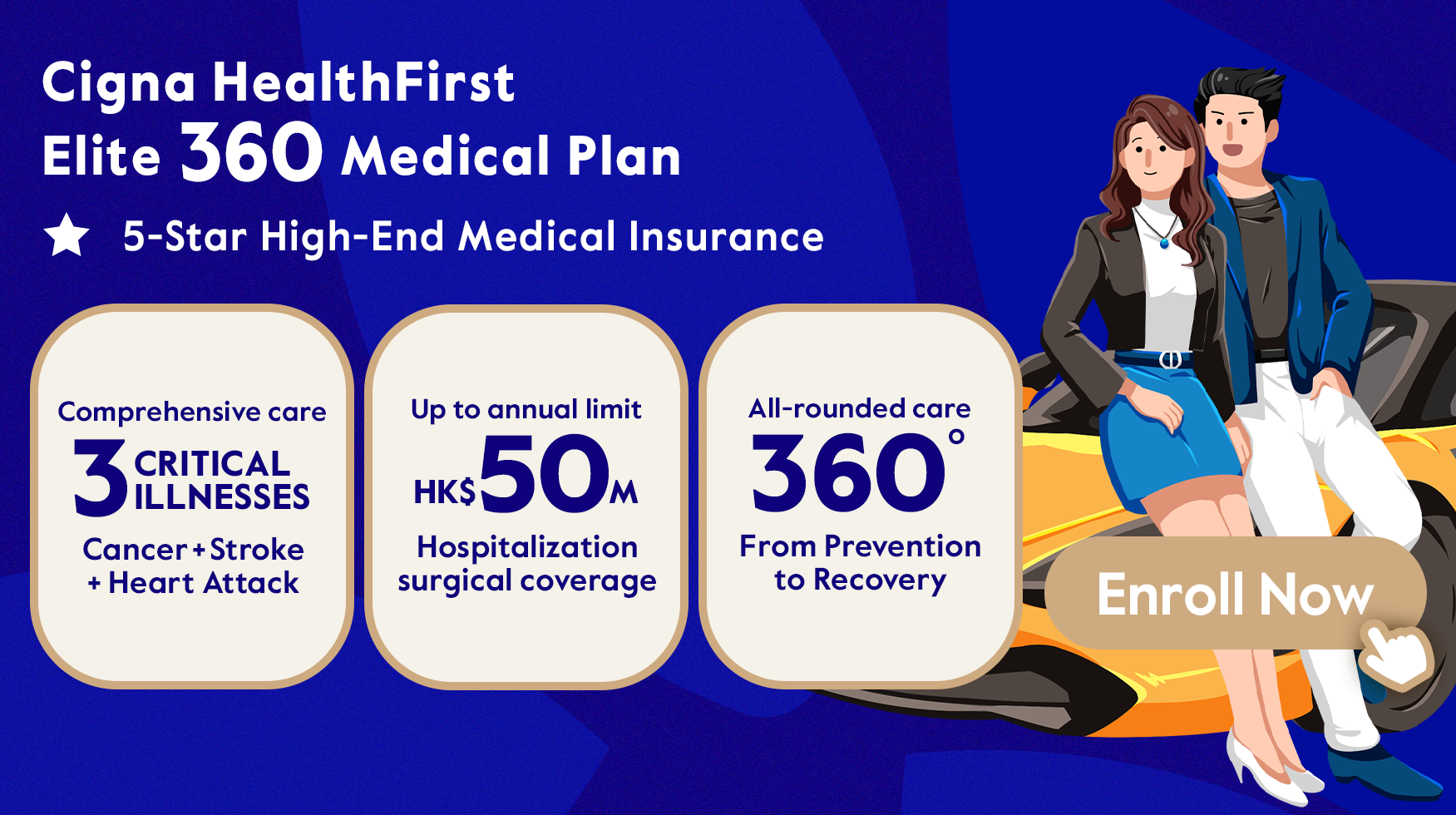Acne and rosacea are common skin diseases that look very similar to each other. So what are some of the differences between the two?
What is acne?
Acne happens when hair follicles are clogged with sebum and dead skin cells, leading to inflammation. People of either gender, any age or skin type can have acne. Symptoms include open and closed pimples, cystic acne that form deep underneath the skin, as well as white and black heads. Acne can affect many parts of the body: face, chest, back, shoulders, and buttocks.
What is rosacea?
Rosacea is another inflammatory skin condition that looks a lot like acne but, unlike acne, rosacea mostly affects the face. The cause of rosacea is unknown, but there are a number of triggers which include sunlight, stress, alcohol, spicy foods, and warm environments. Rosacea typically affects people aged 30 to 60. Symptoms include pimples, redness, visible blood vessels, burning sensations and skin thickening.
Treatments for Acne and Rosacea
- For mild to moderate cases of acne and rosacea, topical medications may be prescribed. For example, benzoyl peroxide for acne to kill acne-causing bacteria, and brimonidine for rosacea to reduce redness.
- Antibiotics may be prescribed for severe cases of acne and rosacea.
- When antibiotics fail, retinoids may be used to unclog pores in the case of acne and to reduce inflammation in the case of rosacea.
- Laser treatment uses heat from wavelengths of light to reduce visible blood vessels and skin redness. The results are long-lasting; but there can be serious risks such as scarring, burns or infection if the procedure is not done properly. Make sure your doctor or dermatologist is well qualified and experienced.
Cigna HealthFirst Elite 360 Medical Plan offers comprehensive and personalized medical coverage across the stage prevention, diagnosis, treatment and recovery, with a range of hospital and surgical benefits, optional insurance benefits with an annual limit of up to HK$50 million, personalized health assessment, three critical illnesses(cancer, stroke and heart attack) all-rounded care and international medical concierge service. A 360-degree total health protection that spans across all the key stages of your health journey. Learn more here.
Sources:


